By: Mwiine Andrew Kaggwa
The East African Community (EAC), with its common market, transport, and communications corporations, scientific research institutions, and the East African Development Bank (EADB) was once regarded as a model for African regional integration. However, the Community ran into serious political and economic difficulties and broke up in July 1977. Although cooperation in the EAC was encouraging in the initial years, relations between the member countries started to deteriorate in the early 1970s. The Community’s highest body, the East African Finance & Development Authority, which consisted of the three presidents, did not meet after 1971 because of Tanzanian President Nyerere’s refusal to meet with Uganda’s President Amin. In 1972, exchange controls and import restrictions were imposed on intra-Community trade.
They diminished the effectiveness of the Common Market and led to the dissolution of the common monetary area. In 1973, the restrictions imposed by member states on interstate transfers of funds led to financial crises in the four corporations. As a result, the corporations’ operations began to falter, and this led to delays in meeting their external obligations. Such occurrences brought about collapse since the foundational stage of any federation is economic singularity and understanding but to the contrary the events in 1971 projected unequal development, trade imbalance and making it inevitable for the collapse to happen.
Be it as it may, we should not be prone to same just like the King Louis XVIII who according to French Statesman Charles Maurice de Talleyrand “They learned nothing, and forgot nothing…” famously used to describe the Bourbon Monarchy’s inability to adopt to changing times after the Napoleonic era. This implies a stubborn refusal to acknowledge past mistakes or learn from new experiences, leading to a predictable cycle of failure.
The East African Community (EAC), comprising Burundi, Democratic Republic of Congo (DRC), Kenya, Rwanda, Somalia, South Sudan, Tanzania, and Uganda, is a regional powerhouse with a combined population of over 300 million and a GDP of approximately $300 billion in 2023. Established to foster economic, political, and social integration, the EAC has made strides through its Customs Union (2005), Common Market Protocol (2010), and ongoing efforts toward a Monetary Union and potential political federation. Despite a robust legal framework promoting free trade, labor mobility, and harmonized policies, economic imbalances among member states persist, undermining equitable growth
This article examines these disparities, supported by statistical evidence, analyzes the EAC’s legal framework, explores the role of the Law Students Association of East Africa (LSAEA) in addressing these issues, and offers actionable recommendations with illustrations.
What is Economic Imbalance?
According to the International Monetary Fund (IMF), economic imbalances refer to significant disparities in economic performance and financial stability among countries, often manifested as trade deficits, excessive debt, or uneven growth rates. These imbalances can disrupt global trade, capital flows, and overall economic stability, potentially leading to financial crises and hindering development in affected nations.
Economic disparities/imbalance within the EAC are stark, driven by differences in GDP, trade volumes, infrastructure, and industrialization. According to the African Development Bank’s African Economic Outlook 2023, Kenya leads with a GDP of $113 billion, followed by Tanzania ($76 billion) and Uganda ($45 billion), while Burundi ($3.1 billion) and South Sudan ($4.3 billion) lag significantly. The DRC, despite its vast resources, has a GDP per capita of $580, among the lowest, due to conflict and governance challenges. Rwanda’s GDP per capita ($966) reflects rapid growth, but its small economy ($13 billion) limits regional influence.
Economic Outlook in the East African Region
Trade imbalances further highlight disparities. Kenya dominates intra-EAC trade, accounting for 35% of the region’s exports in 2023, per the EAC Secretariat’s trade statistics. Uganda follows with 40% of its exports to EAC states, primarily agricultural goods, while Tanzania contributes 25%, focusing on rice and cashews. Rwanda’s intra-EAC exports (30%) are growing, but Burundi and South Sudan contribute less than 5% each, constrained by weak industrial bases. The DRC’s recent entry (2022) adds potential with its cobalt and copper reserves, but exports remain underdeveloped due to infrastructure deficits. Somalia’s trade is nascent, hindered by insecurity.
Foreign direct investment (FDI) flows also favor stronger economies. In 2023, Kenya attracted $3.5 billion in FDI, largely in tech and manufacturing, while Uganda and Tanzania secured $1.8 billion and $1.2 billion, respectively, per UNCTAD. Rwanda’s business-friendly reforms drew $400 million, but Burundi, South Sudan, and the DRC collectively attracted less than $300 million due to political instability and poor infrastructure. These imbalances exacerbate poverty, with 50% of Burundi’s population below the poverty line compared to 27% in Kenya, per World Bank data.
Non-tariff barriers (NTBs) exacerbate trade imbalances. For instance, Kenya’s restrictions on Ugandan milk and poultry in 2022 cost Uganda $50 million, while Tanzania’s maize export bans disrupted Kenyan markets. The DRC’s border inefficiencies and Somalia’s piracy risks further hinder trade flows, despite the EAC’s Customs Union eliminating tariffs.
The EAC formidable legal frameworks…
The legal frameworks of the East African Community are formidable because of their depth and breadth in the area of integration. These laws include the Treaty for the Establishment of the East African Community, The Protocol for the Establishment of the East African Customs Union, the protocol for the Establishment of the Common Market which are currently the primary legal framework of the East African Community.
Article 5 of the East African Community Treaty (1999) establishes the Customs Union, Common Market, and eventual Monetary Union, aiming for balanced economic growth. It mandates cooperation in trade, infrastructure, and social policies. It states:
“In pursuance of the provisions of paragraph 1(widening and deepening corporation among the partner states) of this Article, the Partner States undertake to establish among themselves and in accordance with the provisions of this Treaty, a Customs Union, a Common Market, subsequently a Monetary Union and ultimately a Political Federation in order to strengthen and regulate the industrial, commercial, infrastructural, cultural, social, political and other relations of the Partner States to the end that there shall be accelerated, harmonious and balanced development and sustained expansion of economic activities, the benefit of which shall be equitably shared.”
The Protocol for the Establishment of the East African Customs Union, mainly deals with trade liberalization and economic development. It pushes to harmonize trade among partner states by advocating for 1) Elimination of Internal tariffs, 2) Establishment of a Common External Tariff and 3) Elimination of Non-tariff Barriers. This has boosted trade by 20% since 2010, per EAC data.
The Protocol for the Establishment of the Common Market with a signature consistency of the five freedoms and the two rights including 1) Freedom of Movement od Goods, 2) Freedom of Movement of Labour, 3) Freedom of Movement of Capital, 4) Freedom of Movement of Persons, 5) Freedom of Movement of Services and the two rights which are 1) Right to Establishment and 2) Right to Residence.
Kenya, Rwanda, and Uganda allow national IDs for travel, but Tanzania, Burundi, and the DRC still impose work permit fees, hindering labor mobility, despite the provision of East African passports in Article 9 of the Common Market Protocol it has not been enforced by all East African countries. This can be assessed through the lenses of the principle of Asymmetry under the operational principles in Article 6 of the East African Community Treaty.
The East African Court of Justice (EACJ), adjudicates disputes related to the treaty and Customs Union and Common Market violations but lacks jurisdiction over broader political or security conflicts, limiting its role in resolving trade disputes making enforcement uneven. The East African Court of Justice’s limited mandate cannot address Non-Tariff Barriers or political tensions, such as the 2019 Uganda-Rwanda border closure, which cost $80 million in combined trade losses. Overlapping memberships in other regional blocs (e.g., COMESA, SADC) create policy conflicts, as noted in the 2021 Africa Regional Integration Index, where the EAC scored 0.6/1 for integration efforts but lagged in harmonization.
Whereas there is convergence where the East African Community’s legal framework aligns with the economic platform of Kenya, Rwanda and Uganda which prioritize regional trade, infrastructure and investment. These countries actively implement East African Community protocols such as the Customs Union and Common Market and benefit from increased market access and FDI. On the other hand, the partial alignment comes to the extent that Tanzania’s economic platform aligns to a limited extent, and its protectionist policies and slower adaptation of protocols (e.g work permits) create friction. The DRC’s goals align in principle, but its integration is, limited by conflict and governance issues, making alignment more aspirational than practical.
Notably, the East African Community legal framework aligns strongly with the economic platform of Kenya, Rwanda and Uganda, moderately with Tanzania, and weakly with the DRC due to implementation challenges. While the framework supports regional economic integration, security tension, protectionism, and governance disparities limit its effectiveness. For optimal alignment, the East African Community must address non-tariff barriers, harmonize policies further, and resolve conflicts, particularly in the DRC.
The Role of the Law Students Association of East Africa (LSAEA)
The Law Students Association of East Africa is a regional organization that brings together law students from various countries in East Africa. The association aims to promote legal academic excellence, networking, professional excellence, professional development among law students in the region. By extension, they are an arm of advocacy of regional issues that need clarity and enforcement, it should be playing a pivotal role in addressing economic imbalances through advocacy, legal education, and policy engagement. Law Students Association of East Africa’s activities align with the East African Community’s “people-centered” integration principle, empowering youth to influence equitable development.
The Law Students Association of East Africa can contribute in various ways in order to lessen the gap of disparities in the economic sphere of the East African partner states and the following can be adopted as a student’s movement to address the economic disparities in the region despite presence of formidable legal framework;
- Legal Research and Policy Advocacy: LSAEA can engage in organizing moot court competitions and research symposia on East African Community trade policies. These platforms train students to analyze Non-Tariff Barriers and propose harmonized regulations, fostering awareness of economic disparities. For example, LSAEA’s 2024 moot competition at in Arusha focused on cross-border trade disputes, highlighting Kenya’s dominance and Burundi’s marginalization.
- Community Legal Education: LSAEA should engage in conducting workshops in rural areas, educating small-scale traders (e.g., Ugandan farmers, Tanzanian fishers) on their rights under the Common Market Protocol.
- Engagement with EAC Institutions: LSAEA should intentionally collaborate with the East African Community Secretariat and East Africa Court of Justice by submitting policy briefs on issues like Non-Tariff Barriers and labor mobility. Such briefs on harmonizing work permits influenced Rwanda’s decision to waive fees for East African Community nationals, a model Kenya adopted in 2024 with its Class R work permit.
LSAEA’s youth-driven approach would bridge grassroot concerns and policymaking, amplifying marginalized voices from Burundi, South Sudan, and the DRC. However, its impact is limited by funding constraints and varying levels of student engagement across partner states.
Recommendations
To address economic imbalances, the EAC must strengthen its legal framework and leverage LSAEA’s potential. Below are recommendations with illustrative examples:
- Enhance East Africa Court of Justice Jurisdiction, there should be an amendment of the East African Community Treaty to expand the East African Court of Justice’s mandate to adjudicate Non-Tariff Barriers and political disputes, ensuring binding enforcement. A case in point is in 2022, Kenya’s restrictions on Ugandan milk led to a $20 million loss for Ugandan farmers. An empowered East Africa Court of Justice could issue injunctions, as in Katabazi v Secretary General of EAC (2007), enforcing trade compliance and compensating affected parties. The LSAEA could draft model amendments, piloted in moot courts, to advocate for this reform.
- Harmonizing Trade Policies. Efforts on establishing an East African Community Trade Compliance Unit to monitor and resolve Non-Tariff Barriers within 90 days, using digital platforms like the EAC Buyer-Seller platform. Tanzania’s 2023 maize export ban disrupted Kenyan markets, costing $15 million. A Compliance Unit could mediate, ensuring Tanzania compensates Kenya or lifts bans, balancing trade flows.
- Invest in Marginalized States; by creating an East African Community Equity Fund, financed by 1% of member states’ GDP, to support infrastructure and industrialization in Burundi, South Sudan, and the DRC. Burundi’s Gitega-Serengeti Road, funded by KfW, increased trade by 15% in 2024. An Equity Fund could replicate this in South Sudan’s Juba-Bor corridor, with LSAEA students monitoring fund transparency through legal audits.
- Strengthen Free Movement by fully implementing the Common Market Protocol by eliminating work permit fees across all states, following Kenya’s Class R model. Rwanda’s 2022 fee waiver boosted Ugandan labor inflows, increasing remittances by 10%. LSAEA could train traders in Goma, DRC, to access East African Community labour markets, reducing unemployment disparities.
- Empower LSAEA’s Role, lobbying funds for LSAEA to establish legal clinics in underserved East African Community regions, providing pro bono advice on trade rights.
Conclusion
The East African Community’s economic imbalances evident in GDP disparities, trade imbalances, and uneven FDI persist despite a robust legal framework, due to weak enforcement, Non-Tariff Barriers, and security challenges. Statistical evidence underscores Kenya’s dominance and the marginalization of Burundi, South Sudan, and the DRC. The Law Students Association of East Africa could play a critical role through advocacy, education, and policy engagement, amplifying marginalized voices and pushing for equitable integration. By expanding the East Africa Court of Justice’s jurisdiction, harmonizing trade policies, investing in weaker economies, and empowering the LSAEA, the East African Community can achieve balanced growth. LSAEA’s legal clinics and moot courts are vital in translating these reforms into action, ensuring the East African Community’s vision of a prosperous, integrated region which benefits all its citizens.
Mwiine Andrew Kaggwa
Attorney General of the Nkumba University Law Society, President, Nkumba University Research Club, Papa Nkumba University Lawyers’ Fellowship.

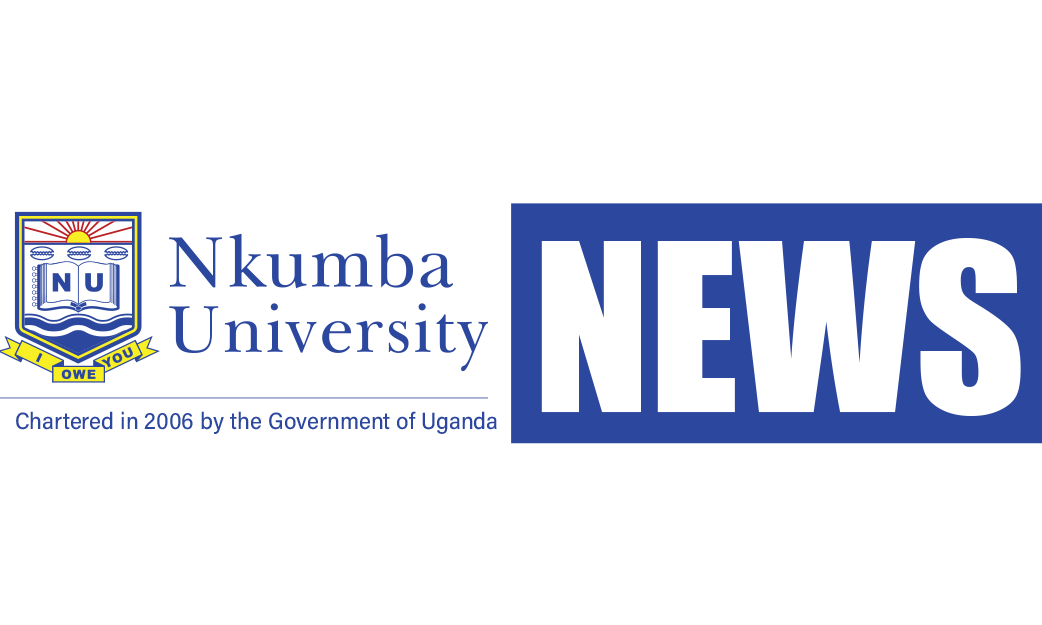
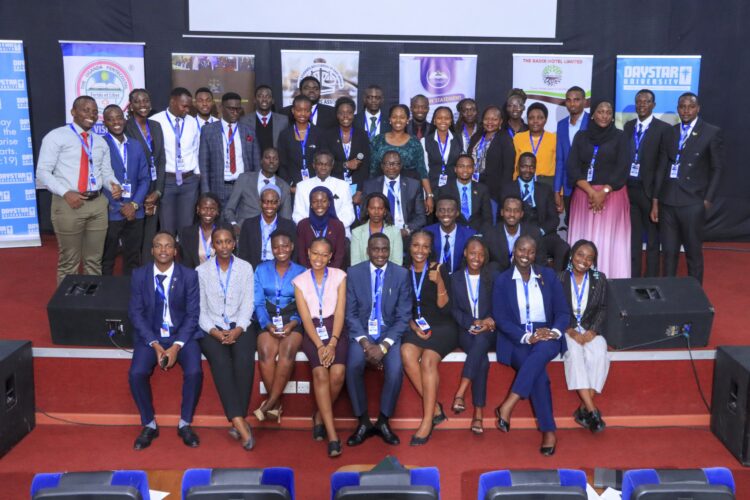



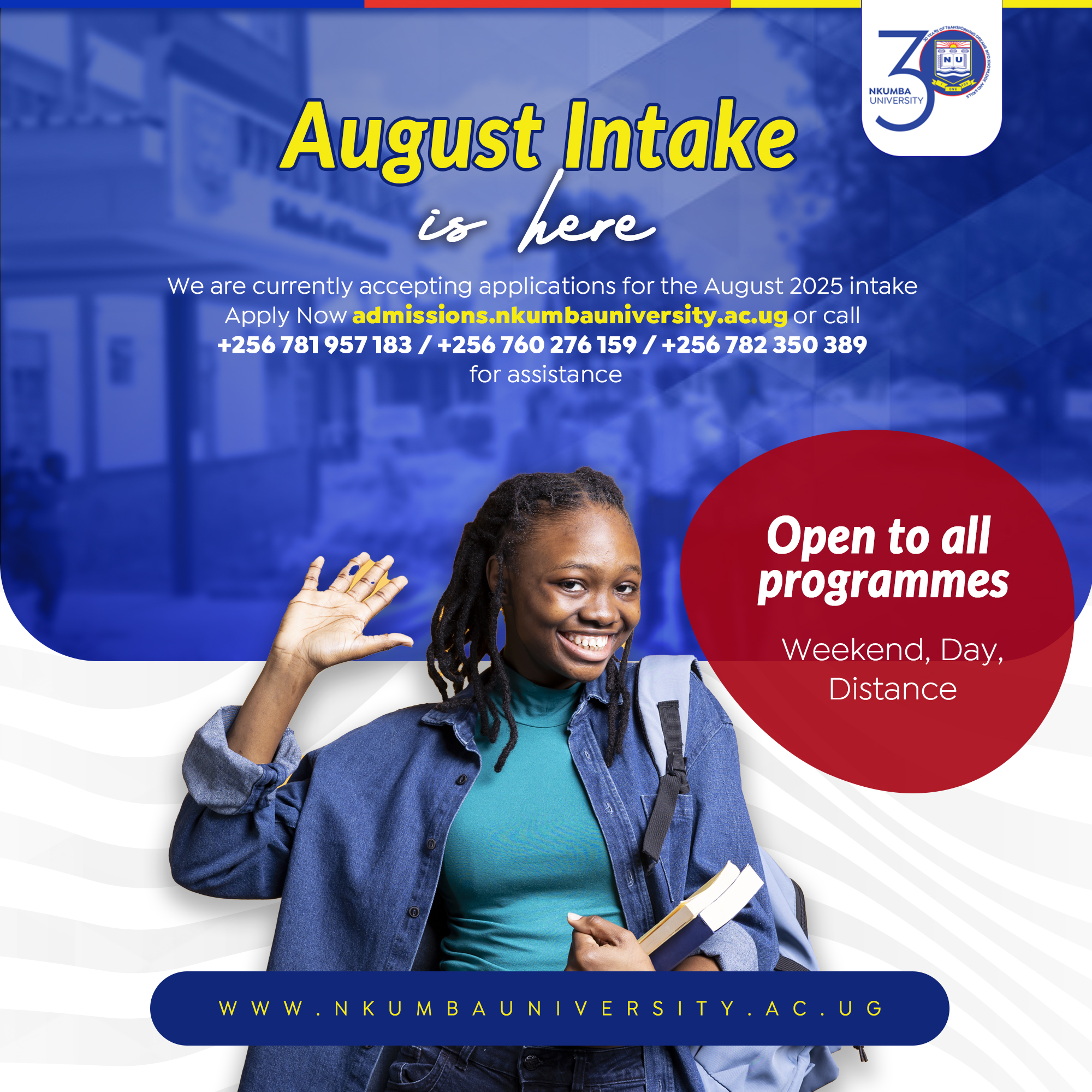













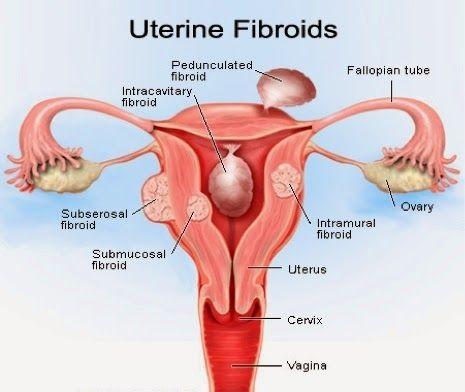
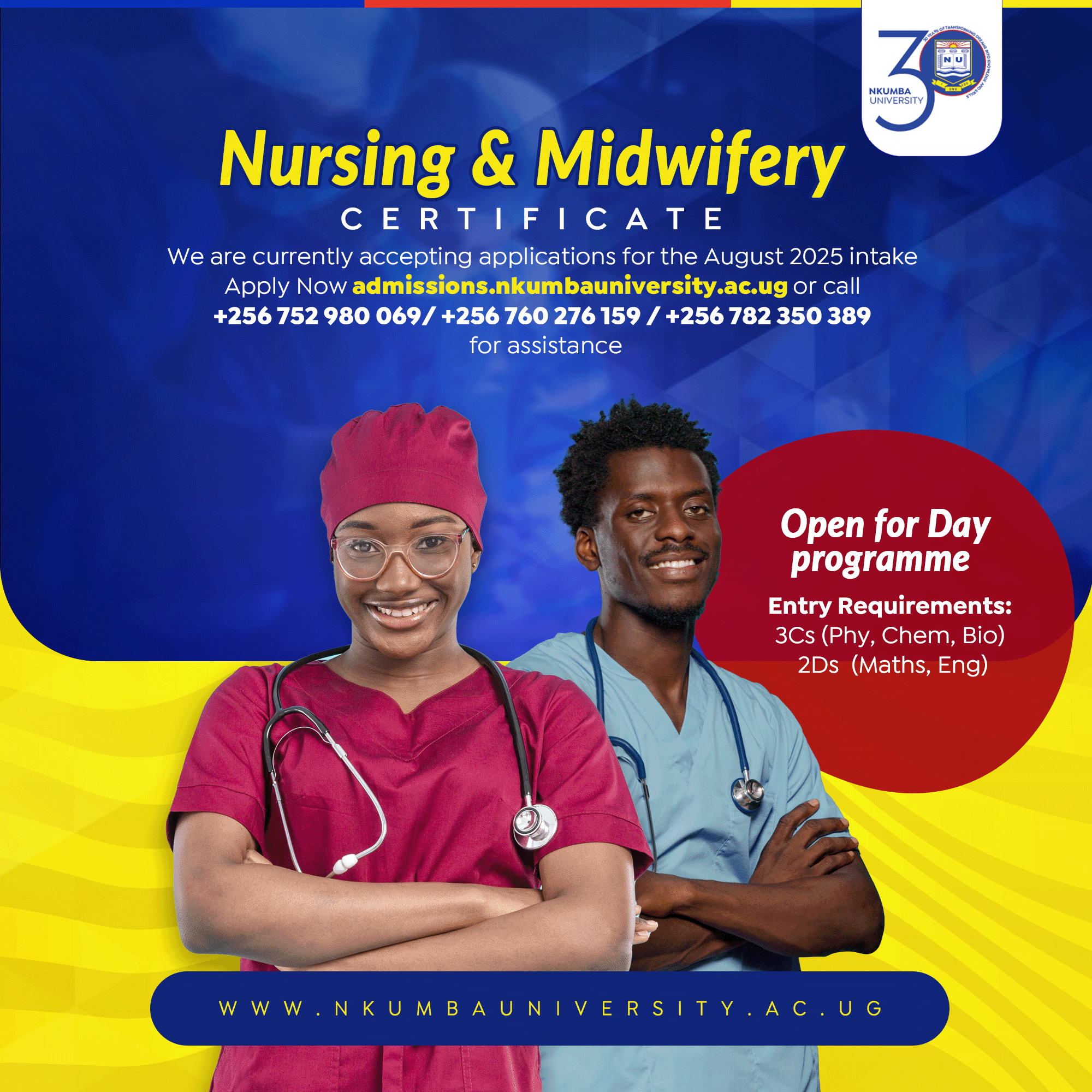
Discussion about this post